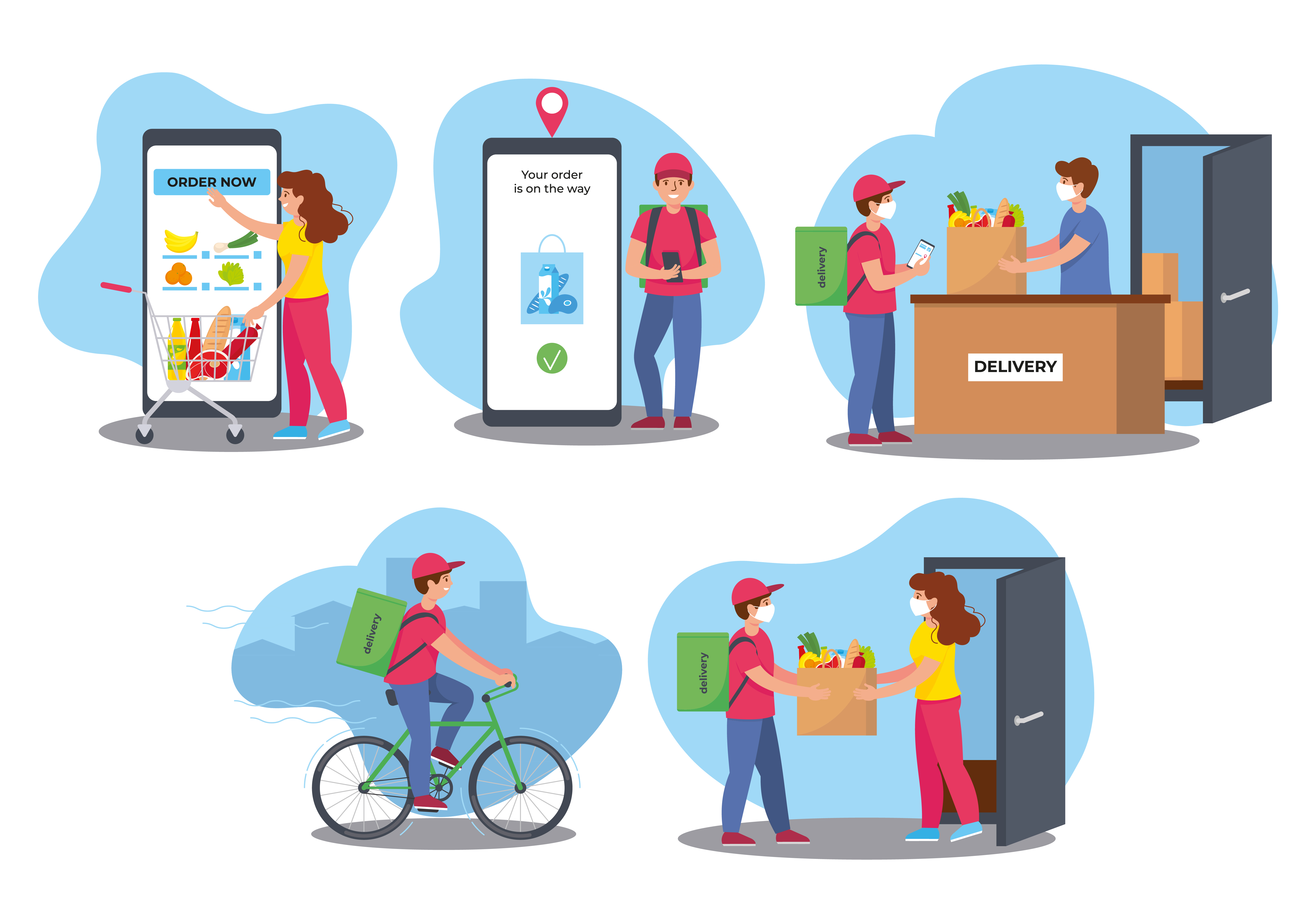: Make the most of your research investment by obtaining good response quality
Whether you conduct qualitative market research through interviews or quantitative ones via surveys, if your response data is a jumbled puzzle with several missing tabs, your study is a flop show. The most important aspect of solving this puzzle is careful planning and choosing the right stakeholders. But planning in itself is a long process. And you might be inexperienced in the industry to know the nuances.
So, today’s post is about improving the data quality of your survey responses. If you apply these diligently, rest assured of better results in 2023 out of your time and endeavors.
5 Ways to Improve Survey Data Quality in 2023
- Choose Your Research Partner Carefully
Your qualitative or quantitative market research leans mainly toward your panel partner. So, choose the panel company with a panoramic evaluation and not just based on experience or expertise. Know if they’re fit for your requirement and if they have conducted similar studies earlier.
Once you have selected a few panel companies, learn how well they vet their respondents. Do they weed out the bad participants in a timely manner? Do they screen the respondents only once or revisit the portfolios at least once annually? Do they play fair with inclusivity, and are they covering all the demographics? Is the pool quality adequate and the size good enough? An active pool of small size means limited participants, and that can affect the sampling. A big pool might contain more fake profiles.
And to weed out bogus portfolios…
- Validate Your Respondents Yourself
While you should trust your panel partner once you employ them, it’s a good idea to vet your participants from your side, too. Whether you’re partnering with a new panel company or with a proven and known partner, validate all the respondents’ profiles thoroughly.
If you’re not employing a third party, screening your panelists once for better quantitative market research outcomes becomes even more important.
For that, don’t reveal the demographics that should fit your research criteria to the respondents. At least not in the first screening when you invite people to apply for your study. Rather ask interested users to fill out the prescreening questionnaire and filter the right candidates.
Awareness about the required traits at the initial stage allows fake respondents to tweak their data to fit in. Also, look for minor and major inconsistencies in demographical data or other responses if the participants are seasoned and not first-timers.
That also means your screening should be thorough and follow tight filtering…
- Raise the Bar for Prerequisites
When you screen users for your forthcoming study, make sure you have strict criteria for filtering the panelists. Whether you’re running an online survey or a diary study, or a focus group, the filtering criteria is the first step to concur the right panel for your research.
Also, whether you source panelists through a third party or select respondents through invitations or forms, your prerequisites ensure the sought of the right candidates. Out of 1,000 users who have opted to undergo your study, you should filter based on age, gender, location, lifestyle choices, habits and preferences, and employment (or education status).
As a brand, you should also understand the psychography of your users.
Pro-tip: Improve your response rate alongside the data quality.

If you slack at the most basic criteria, your data can get skewed because of a lack of awareness among the chosen users. For example, you’re studying the impact of an ongoing cold war between 2 countries. You should ideally choose people who are directly (not indirectly with second-hand experiences) impacted due to the events. So, you might like to select the residents of the 2 countries and not the people who’ve migrated out of the borders ages ago.
But allow some leeway to your respondents to not abandon the surveys later. Don’t annoy them by asking for data that is too personal. For that…
- Allow Optional Questions and Anonymity
Not all personal questions in your survey are mandatory for data classification. The responses to them could be good to have but not necessary. For instance, demographical information is necessary for segmentation, but perhaps segmentation on pay scale won’t affect your study.
If possible, find out questions that can be skipped if the participants aren’t comfortable. Otherwise, allow them to answer them anonymously. And don’t forget to mention their right to remain anonymous or choose to answer or not.
Categorizing your questions as optional or anonymous in response is important to gain the trust of valued customers. Because users who care would love your thoughtfulness about anonymity and optional categories and would have no hesitation filling in the needed data. And those who are not genuine won’t care to fill in the right data, whether personal or not. And such fake profiles need to be eliminated.
- Rule Out Bots and Fake Profiles
Bots are one of the biggest threats to your research outcome. So are the bogus survey takers who only participate to make easy money online in India or elsewhere as their goal without genuine opinions.
To keep such participants away, look for the answers in open-ended questions. Scrutinize profiles who have responded with answers that look like they are coming from a single person or a group. Sometimes, a small group of people aiming at money would answer in a predefined way. Also, look for inconsistent answers to identical or similar questions from the same profile over time or within the same form.
Look for the telltale signs where people aren’t careful about their demographics. For instance, you wanted your respondents to be the trans community for a selected set of questions while straight respondents have answered them.
To not let your survey be infiltrated by bots, use bot detection tools and techniques. Deploy CAPTCHA without fail. Repeat a simple question toward the end that you had asked at the start of the form. This is to ensure integrity in the response. Ask at least one open-ended question because such questions fail most bot-framed answers. They also help you with qualitative market research.
Lastly, wrangle the data from the research yourself or through human analysts for better quality.

Data Quality Emerges When and If…
You start the market research with a dedicated team and hire experts to handle sampling and a panel of respondents. And expertise doesn’t need to be developed in-house when you’ve it readily available via a panel and research company like Opinionest. A good partner with rich industry experience takes off your workload and lets you focus on what you need to do.
Reach out to us here to initiate a partnership and make your 2023 research fruitful and worth investing in.



You may also like

The Future of Voice Surveys: Will We Be Talking to Our Devices to Complete Surveys?

How Your Opinions Shape A Brand’s Services and Its Performance in the Market

The Role of The Respondent Community in Your Survey Journey

Survey Incentives Vs. Intrusive Ads: How to Tell the Difference

Copyright © 2025-2026 Track Opinion. all rights reserved.



